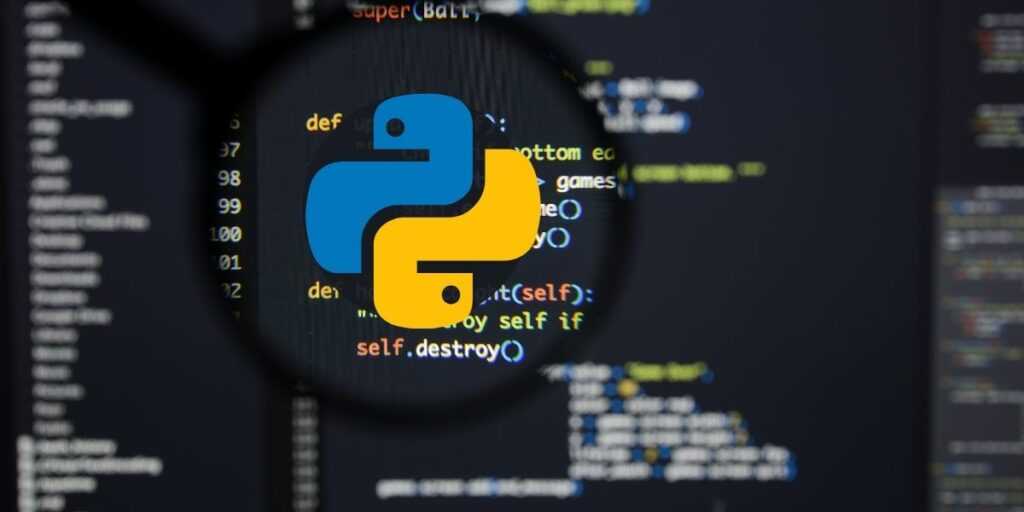Personal Career & Learning Guide for Data Analyst, Data Engineer and Data Scientist
Python is a popular programming language that has been widely adopted in the business world for data analysis and analytics. One of the key features of Python that makes it a powerful tool for business analytics is its ability to perform repetitive tasks efficiently and easily through the use of loops.
A loop is a structure in programming that allows you to repeat a set of commands or operations a certain number of times. This makes it possible to automate tasks that would otherwise take a lot of time to do manually. In Python, there are two main types of loops: for loops and while loops.
A for loop is used to iterate over a sequence of items, such as a list or a range of numbers. With a for loop, you can specify the number of times you want the loop to run, and each time the loop runs, it will execute the set of commands within the loop for the next item in the sequence. For example, you can use a for loop to process a list of customer names, one name at a time, and perform a set of calculations for each name.
On the other hand, a while loop is used when you want to keep executing a set of commands as long as a certain condition is met. With a while loop, you specify the condition, and as long as the condition is true, the loop will keep executing the commands. For example, you can use a while loop to keep processing data from a database until all the data has been processed.
In business analytics, loops are used to automate a variety of tasks, such as processing large datasets, performing statistical analyses, and generating reports. For example, you can use a loop to iterate over a dataset of sales transactions and calculate the total sales for each product. This can save you a significant amount of time compared to manually processing the data one transaction at a time.
In a nutshell, I would like to say that, loops are an essential tool in Python for business analytics. They allow you to automate repetitive tasks and save time, making it possible to focus on the important aspects of data analysis and analytics. Whether you’re processing large datasets, performing statistical analyses, or generating reports, loops are a powerful tool that will make your work easier and more efficient.
Python for Business Analytics – Chapter 16: Loops
 Loading...
Loading...
Latest end-to-end Learn by Coding Projects (Jupyter Notebooks) in Python and R:
All Notebooks in One Bundle: Data Science Recipes and Examples in Python & R.
End-to-End Python Machine Learning Recipes & Examples.
End-to-End R Machine Learning Recipes & Examples.
Applied Statistics with R for Beginners and Business Professionals
Data Science and Machine Learning Projects in Python: Tabular Data Analytics
Data Science and Machine Learning Projects in R: Tabular Data Analytics
Python Machine Learning & Data Science Recipes: Learn by Coding
R Machine Learning & Data Science Recipes: Learn by Coding
Comparing Different Machine Learning Algorithms in Python for Classification (FREE)
There are 2000+ End-to-End Python & R Notebooks are available to build Professional Portfolio as a Data Scientist and/or Machine Learning Specialist. All Notebooks are only $29.95. We would like to request you to have a look at the website for FREE the end-to-end notebooks, and then decide whether you would like to purchase or not.
